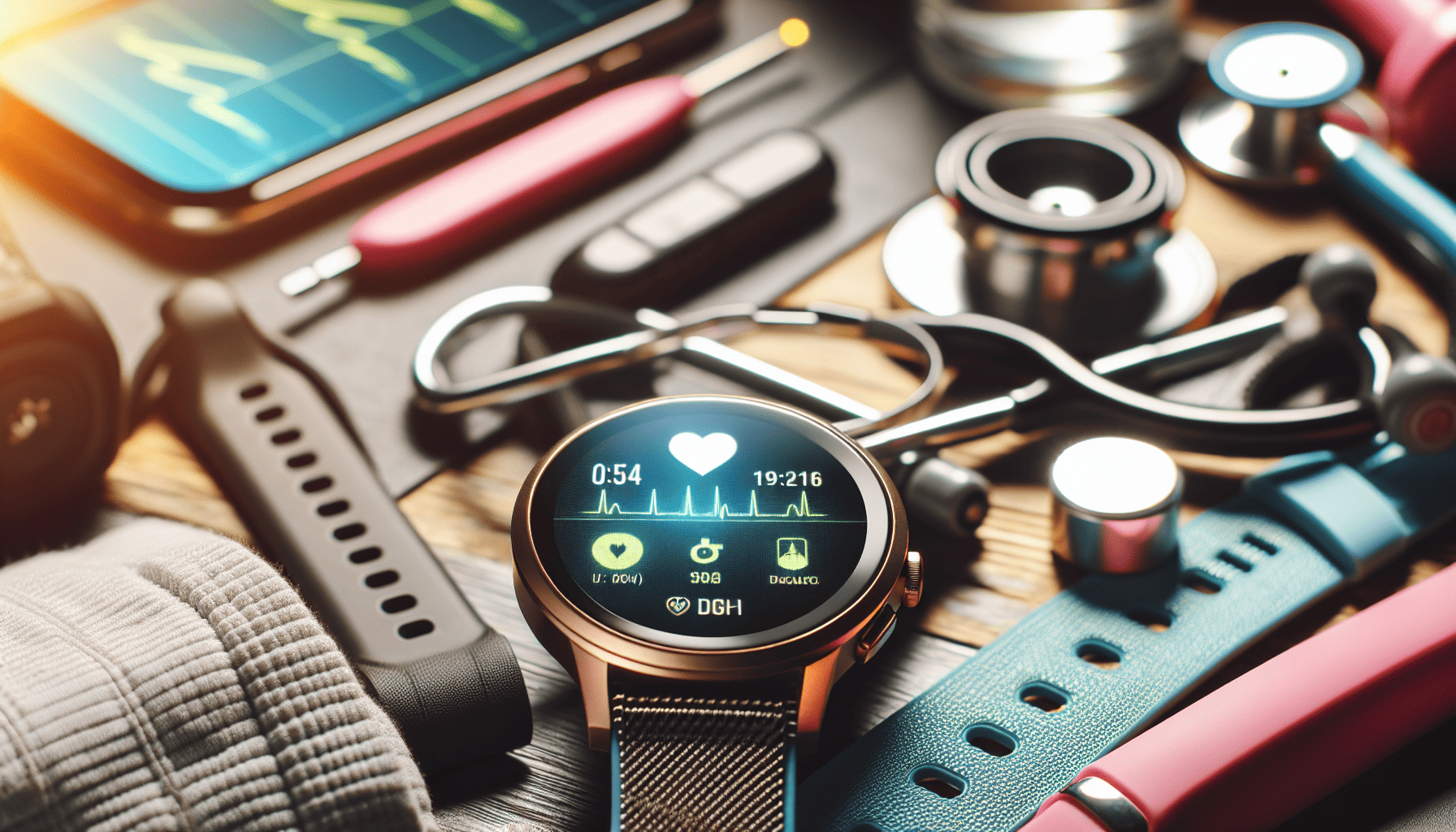In recent years, wearable technology has skyrocketed in popularity, seamlessly integrating into the fabric of our daily lives. What was once the domain of science fiction has now become an everyday reality, with devices that not only enhance convenience but also elevate our understanding of personal health and wellness. From smartwatches and fitness trackers to smart clothing and augmented reality eyewear, wearable tech has revolutionized the way we interact with the world and ourselves.
The current boom in wearable technology can be traced back to a combination of technological advancements and shifting consumer mindsets. As microprocessors have become more powerful and efficient, and sensors more accurate and miniaturized, the capability to develop compact, wearable devices that carry significant computing power has surged. The growing acceptance of digital interconnectivity, alongside an increased focus on personal health and wellness, has also fueled consumer interest in these gadgets.
Smartwatches, such as those from Apple, Samsung, and Garmin, lead the charge in the wearable market. These devices offer more than just time-telling capabilities; they bridge the gap between smartphones and personal accessories by enabling users to manage calls, messages, and notifications directly from their wrists. Beyond communication, smartwatches have carved a niche in health monitoring, offering features like heart rate tracking, sleep analysis, ECG capabilities, and even blood oxygen measurements. This constant health data stream allows users to take proactive steps in managing their well-being.
Fitness trackers have also enjoyed widespread adoption. Brands like Fitbit and Xiaomi have popularized these devices, which focus on tracking physical activity, calories burned, and other fitness-related metrics. They provide gentle nudges to encourage users to meet their fitness goals, fostering a healthy and active lifestyle. The appeal of fitness trackers lies in their ability to transform abstract health recommendations into tangible targets and achievements, resonating with the public's increasing fitness consciousness.
Wearable tech has also started venturing into more specialized fields, such as smart clothing and wearable medical devices. Smart fabrics interwoven with sensors can monitor physiological parameters, such as muscle activity and skin temperature, offering insights into athletic performance and recovery. On the medical front, wearable devices are extending their reach from general health monitoring to chronic disease management, enabling continuous glucose monitoring for diabetes patients or predicting epileptic seizures.
The integration of wearable technology into daily life has reshaped our relationship with technology and personal health. These devices have not only provided us with the means to gather and analyze personal data but have also empowered us to make informed decisions about our health and lifestyle. Wearable technology has ushered in an era of personalized medicine, where data-driven insights lead to tailored solutions.
Nevertheless, the growth of wearable technology is not without its challenges. Concerns about data privacy and security, the potential for device addiction, and questions about the accuracy and reliability of health data continue to be significant issues. Addressing these concerns will be crucial in ensuring sustainable growth and consumer trust in the wearable tech industry.
As we look to the future, the potential of wearable technology seems boundless. Innovations in areas like augmented reality, artificial intelligence, and wireless connectivity promise to further enhance the functionality and user experience of wearable devices. Through persistent innovation and adaptation, wearable technology will continue to evolve, reshaping how we interact with ourselves and the world around us.
In sum, wearable technology's ascent in our daily lives signifies a transformative shift towards a future where personal empowerment is achieved through a seamless blend of technology and self-awareness. As these technologies continue to advance, they will chart new paths and possibilities, underscoring our ongoing journey toward a digitally interconnected world.
